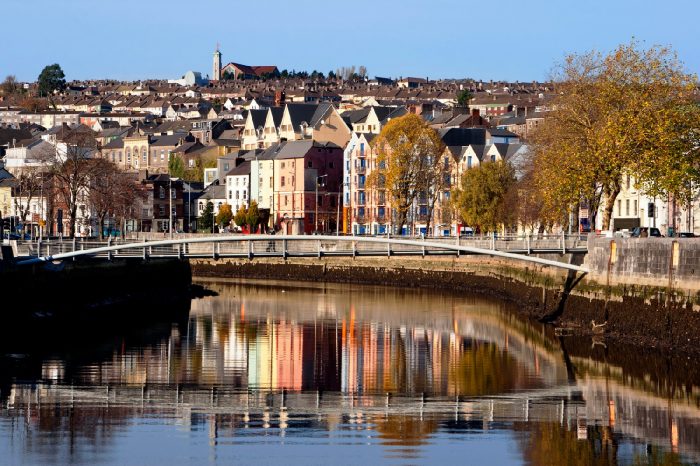WWN Guide To Cork
 The first entry in WWN’s Guide series to feature an entire county, and what better county to kick things off than the Rebel county? Here’s everything you need to know about Cork:
The first entry in WWN’s Guide series to feature an entire county, and what better county to kick things off than the Rebel county? Here’s everything you need to know about Cork:
Founded in 1890 by Michael Collins, Cork holds the greatest number of Cork records anywhere in the world. ‘Best Cork’, ‘worst Cork’ and ‘most middle of the road, Cork’, are all accolades bestowed upon the county by itself over the years.
Cork’s main industries are bio-medical research, ego inflation technicians, and vocal hubris system analysts, with Cork’s long, storied history with the manufacturing of every conceivable item in existence but in red – outstripped by China in the early 80s.
If you’re looking for a pint, there’s no better place than the pub. And Cork, unique among Irish counties, has plenty of them.
The county’s famous English Market was stolen from the port town of Southampton in 1912 by enterprising Cork businessman Noel Herlihy, who saw the market was left unattended briefly and what with ample room in his suitcase decided to bring back home with him on the boat.
Cork’s precise origins are always fiercely debated as allegations that Cork was actually found to have been on the site of where Galways sits today between the years 1904-1906, due to extensive repairs of the River Lee’s walls. The local council made the decision to move the county to Galway, for a two year period, but then destroyed any written record of such decisions when they returned.
Dubliners are known to be terribly unwelcome in modern day Cork with Cork Supremicist Groups patrolling the street in red and white hooded clothing, seeking to banish any interlopers from the capital should they set foot in the county. Despite constitutional reform, old Cork city statutes still ban marriages between Cork and Dublin natives.
The ‘A Pure Cork Is A Good Cork’ march was attended by 2 million people last year.
Looking for a lively vibe? Patrick street, Cork’s main thoroughfare is the answer, and was given its name by a Clare man by the name of Patrick Nolan, who, upon settling in the city in 1919 declared ‘this is my street’ and so it was. Owing to their carefree, calm and generous exterior, local Corkonians never bother to dispute Patrick Nolan’s assertion and the name stuck.
Expert historians will tell you that Cork’s ancient iteration was invaded by the Normans in the 8th century and turned into a port city. Large numbers of men named Norman flooded into Cork, and battled to take hold of the city, defeating the locals.
The official emblem of Cork is a picture of a woman with a smug, self-satisfied look on her face.